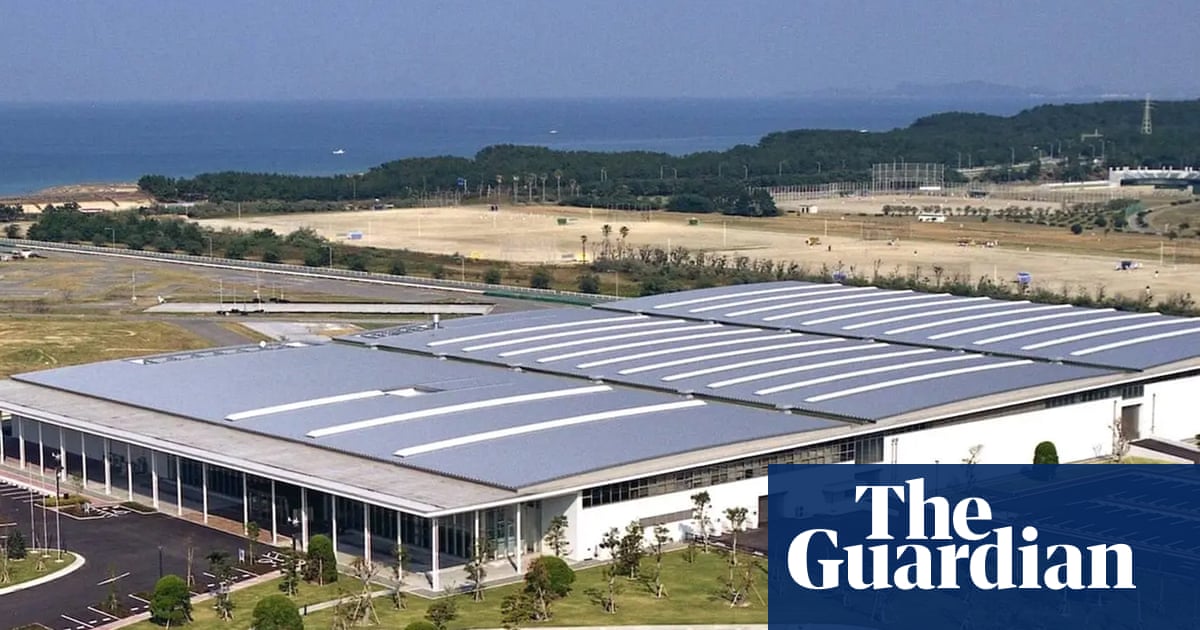
"Japan has opened its first osmotic power plant, in the south-western city of Fukuoka. Only the second power plant of its type in the world, it is expected to generate about 880,000 kilowatt hours of electricity each year enough to help power a desalination plant that supplies fresh water to the city and neighbouring areas. That's the equivalent of powering about 220 Japanese households, according to Dr Ali Altaee from the University of Technology Sydney (UTS), who specialises in the development of alternative water sources."
"Osmosis is the natural process where water moves across a semipermeable membrane from a less concentrated solution to a more concentrated one, in an attempt to balance the concentration on both sides. Picture a cup divided vertically by a thin, semi-permeable layer if one side holds salty water and the other side pure freshwater, the water will flow towards the salty side to dilute it, because the salt itself cannot pass through the membrane."
"While it is still an emerging technology being used only on a modest scale as yet, it does have an advantage over some other renewable energies in that it is available around the clock, regardless of the wind or weather or other conditions. It relies simply on the mixing of fresh and salt water, so the energy flow can continue day and night, providing a steady source of electricity."
Japan opened an osmotic power plant in Fukuoka, only the second facility of this type worldwide. The plant is expected to generate about 880,000 kilowatt hours of electricity annually, sufficient to help power a desalination plant that supplies fresh water to the city and neighbouring areas. The annual output is roughly equivalent to powering about 220 households. Osmotic power relies on the mixing of freshwater and seawater across a semipermeable membrane, yielding a continuous energy flow independent of wind or weather. Osmosis drives water from a less concentrated to a more concentrated solution, increasing pressure on the saltwater side, which is channelled through a turbine to generate electricity.
Read at www.theguardian.com
Unable to calculate read time
Collection
[
|
...
]